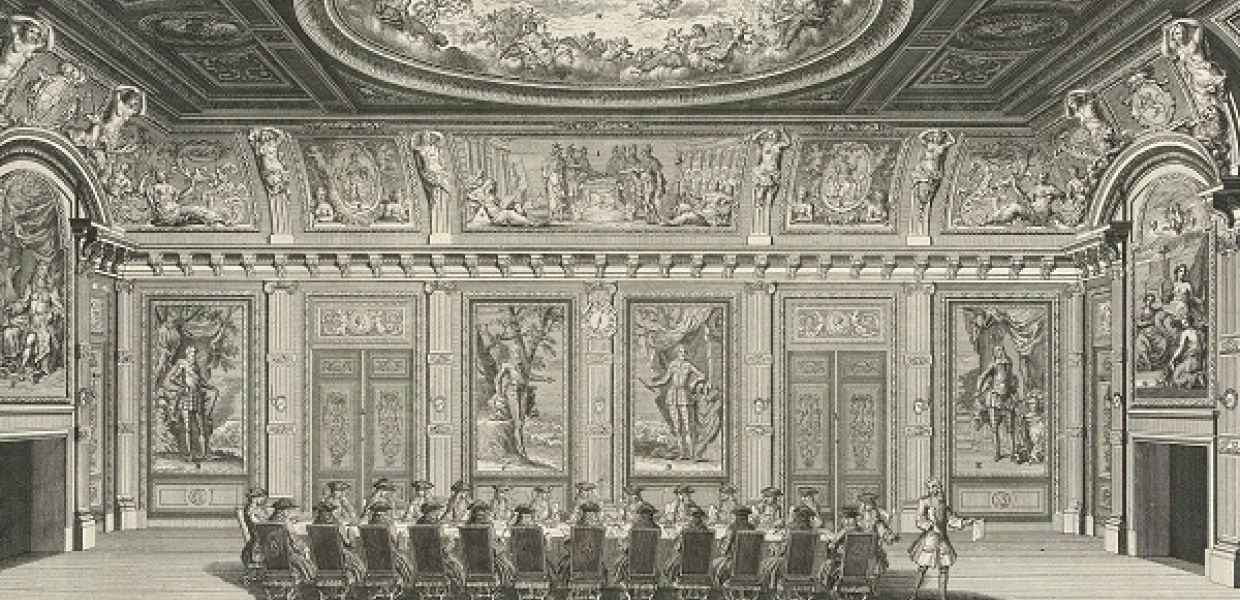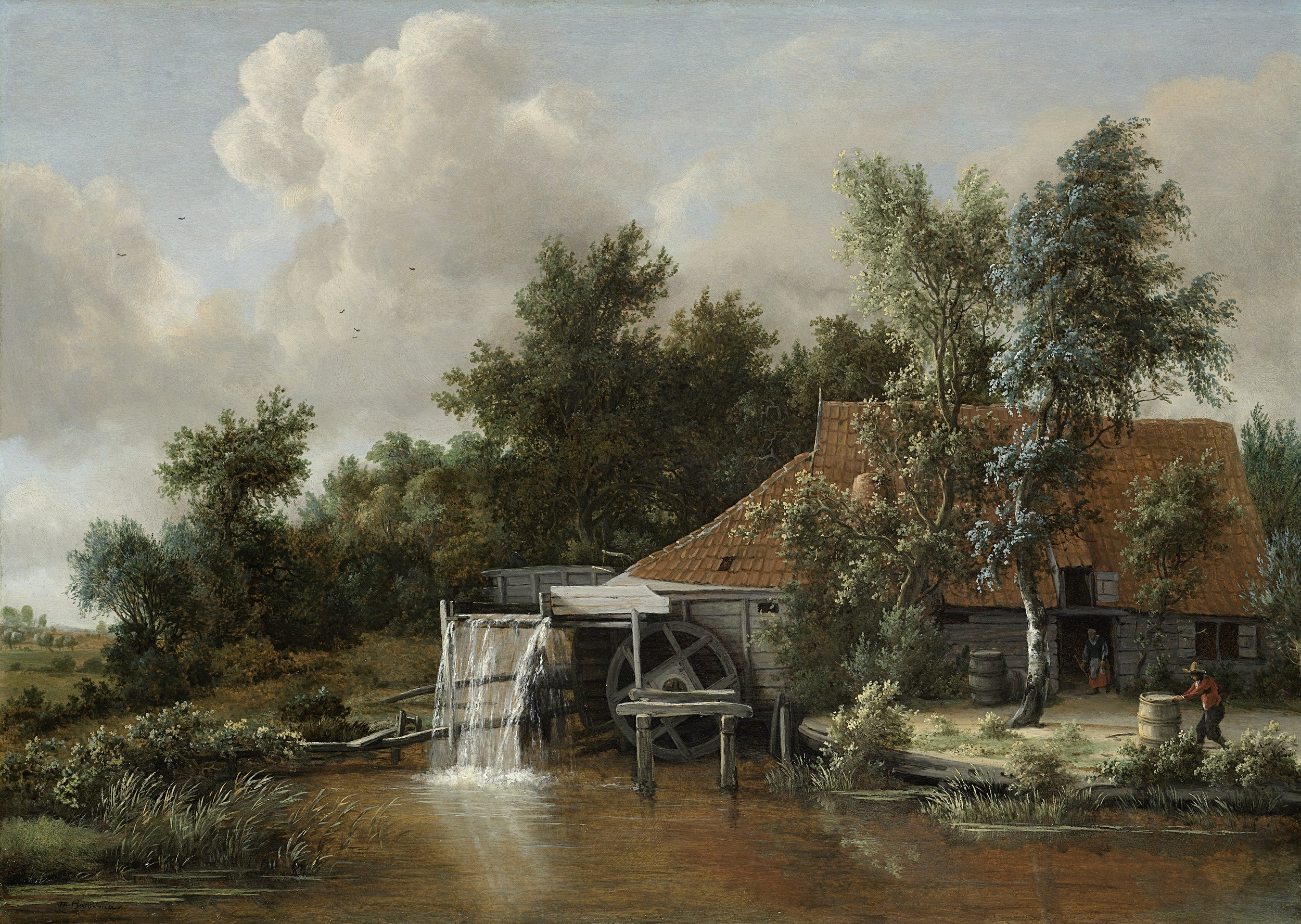Good news (and some homework) for Europeana

As you may have noted, last month the Council of the European Union published a document entitled 'Council conclusions on the role of Europeana for the digital access, visibility and use of European cultural heritage'. While it will probably appear somewhat obscure to most people contributing to Europeana, this document marks an important milestone in the history of Europeana and with this blogpost we want to provide some more information on the history and significance of this document.

A meeting of the States-General, 1732 by Jan Caspar Philips, Rijksmuseum, Public Domain
Council Conclusions?
To start, let's answer the most obvious question: what are Council conclusions and why are they important? The European Council is one of the three main institutions of the European Union and brings together the governments of the 28 Member states (the other two are the European Commission and the European Parliament). Next to the European Commission (the largest supporter of Europeana in monetary terms) its members are the most important institutional stakeholders of Europeana, contributing both financially and in kind. In addition to being a significant source of funding for Europeana, the Member states also played an important role in the genesis of Europeana. It was the heads of state of six Member states of the EU who gave birth to Europeana by sending a joint letter to the commission in 2005 in which they argued for the creation of a publicly funded counterpart to the then new Google books project.
Council conclusions are an important way for the Member states to let the Commission (and everybody else) know what they think of a particular topic. The Council conclusions published last month give an indication of how the Member states look at the (future of) Europeana, and as such they provide guidance to the Commission on how to proceed with regards to our project. This marks the second time that the Council has published conclusions on Europeana (see here for the previous conclusions from 2010).
Continued funding for Europeana
Publishing Council conclusions is not an easy undertaking as it involves ensuring that the outcome is acceptable to all 28 Member states. As such, the process involves a lot of behind the scenes diplomacy (or 'wrangling') which is coordinated by the council presidency. This year's conclusions are the result of a lot of effort (and skill) of the Dutch council presidency.
Starting early summer 2015, the Permanent Representation and the Ministry of Culture in the Netherlands investigated the will and interest of Member States to reflect upon and find solutions to the development and funding of Europeana in its role for the digital access, visibility and use of European Cultural Heritage. Or to put it in simpler words: do the Member States think that Europeana should be continuously funded and if so, how?
The now published Council conclusions are the outcome of that process and outline a scenario for the continued funding of Europeana by the European Commission and the Member States. They are the result of a lot of discussion among the Member States, and between the Member States and the Commission. Europeana has provided input into these discussions, both via the Europeana Foundation and the Members Council of the Europeana Network Association. While not all our input has been taken on board, the final Council conclusions represent another step forward for Europeana as they address the issue of continued EU funding for the short, medium and long terms.
Under the current available funding mechanisms of grant or procurement of this multi-annual framework budget (ends 2021), the Member States decided for procurement with safeguards of the core service, rather than make Member States contributions structural. Council conclusions therefore fall short of recommending a structural funding mechanism for Europeana by Member States. Instead they recommend a model that is based on procurement of a core service by the Commission and grant based funding for a set of generic services that operate on top of the core service. Specifically the Council asks the Commission
"...by October 2017, to switch the funding method for the Europeana DSI under the CEF to a combination of procurement and grants. Under this model, EU procurement will fully cover the core service platform to ensure stability and interoperability, whilst EU grants (up to 75% of eligible costs) will be available for related user-oriented projects (i.e. generic services under the CEF) which Member States can co-fund on a voluntary basis, either directly and/or through participating national organisations"

A Watermill | Hobbema, Meindert, Rijksmuseum, Public Domain
While there are still some open questions with regards to how procurement will actually work, the good news here is that it should allow Europeana to fully cover the costs of running the core platform with EU funds, in accordance with the service that is being requested. Until now the grant based funding structure meant that Europeana was dependent on Member States contributions to fund essential parts of its own organisation. Some continued external funding will be needed, and indeed is requested in the Conclusions to carry out activities the Europeana Network or Foundation deem important but which are not covered under the procurement service level agreement. Overall this will give more financial stability to the Europeana Foundation and will allow Europeana to focus on continuing to build the best possible platform for connecting cultural heritage institutions all over Europe with users around the world.
As highlighted in the above quote, the funding for the core services will cover the activities that are currently funded under the label of the Europeana Digital Service Infrastructure. As such, the core funding will not only cover the activities undertaken by Europeana Foundation but will continue to include a consortium of core partners working on delivering the core service. The wider network of cultural heritage institutions working with Europeana will continue to be eligible for grants that support "related user-oriented projects", that make use of Europeana's core infrastructure.
Recognition for our work..
In addition to the question of funding, the Council conclusions contain a number of observations and recommendations related to the current functioning of Europeana. From our perspective it is especially welcome that the Council conclusions clearly recognize Europeana's role as a platform, pointing to the various services beyond the search engine capabilities of the website. We are equally happy that the Member States have noted our new governance structure and acknowledge the key role that the Europeana Network Association plays within the Europeana Ecosystem, by organizing input from the network, sharing knowledge and identifying common solutions.
..and some homework
The Member States have also used the opportunity to assign some homework to Europeana as well as the Commission and themselves. As part of the Conclusions they point out that user friendliness, multilingual support, search and semantic interoperability of Europeana should be improved, and they stress that the same goes for the quality of the data that is aggregated and made available by Europeana (compare points 12, 13 and 14 of the conclusions). It is not a coincidence that all of these points have also been identified as part of the current strategic plan of Europeana and are part of the business plans for 2016 and beyond. The Member States also point out that they think that the governance needs to become more inclusive, meaning they would like to see the number of Member States' representatives on the board of the Europeana Foundation increased from one to three.
…enfin
But that is the nature of Council conclusions, they represent a compromise position between many different parties involved and on balance they will really help to make Europeana stronger and better. A massive thank you to those on the Governing Board or Members Council who were involved the discussions. Stay tuned as we will still need your support for the next stage. We will publish another Blog in the coming weeks detailing the next steps.
